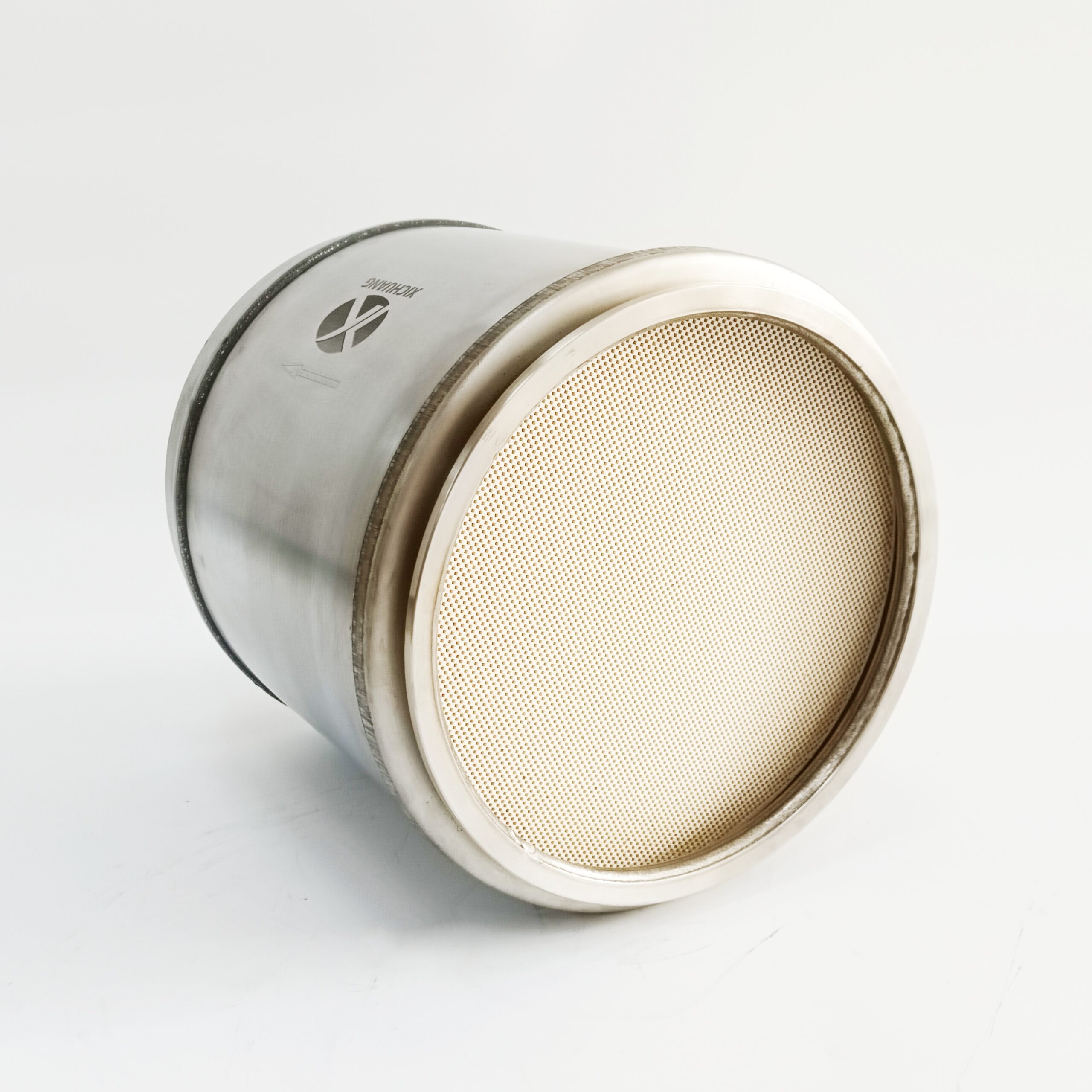Today,let me Introduce the DPF for us~
1. Function of DPF
Filters particulate matter from diesel vehicle exhaust: Diesel combustion produces fine particles (soot) that are harmful to air quality and human health. DPF captures these particles through physical filtration and stores them in the filter.
Helps meet emission standards: Modern diesel vehicles are required to meet strict emission standards (such as Euro V, Euro VI). The DPF helps ensure compliance with these standards, allowing vehicles to operate legally.
2. How DPF Works
Particulate matter capture: As the diesel exhaust passes through the DPF, particles like carbon soot are trapped and accumulated by the filter mesh.
Regeneration process: When the filter accumulates a certain amount of particulate matter, the DPF automatically enters regeneration mode. The regeneration process burns off the accumulated particles by increasing the exhaust temperature, which can occur in two ways:
Passive regeneration: When the vehicle is driving at higher speeds and the exhaust temperature naturally increases, the DPF automatically cleans itself by burning off the particles.
Active regeneration: If the vehicle is running at low speeds or the exhaust temperature isn’t high enough, the system raises the temperature by injecting extra fuel or other methods to burn off the accumulated particles.
3. Common DPF Issues
Clogging: If a vehicle is driven for long periods at low speeds or frequently on short trips, the particulate matter in the DPF may not be fully burned off, leading to clogging, which can affect engine performance.
Regeneration failure: If the DPF fails to regenerate properly, it may trigger the engine warning light, produce error codes, and even cause reduced engine power or exceed emission limits.
High repair costs: Repairing or replacing the DPF can be expensive, making regular maintenance essential to keep the system functioning properly.
4. How to Extend the Life of Your DPF
Avoid short trips and low-speed driving: Extended periods of low-speed driving can prevent the DPF from properly burning off particulate matter.
Drive at higher speeds regularly: Occasional high-speed driving can help increase the exhaust temperature and trigger passive regeneration of the DPF.
Use quality diesel: Low-quality diesel may contain more impurities, which can clog the DPF more quickly.
Regular maintenance: Check the vehicle’s exhaust system regularly, ensure the DPF is functioning properly, and clean or replace it when needed.
5. DPF and Environmental Protection
Reduces environmental pollution: The main benefit of the DPF is reducing harmful particulate emissions, which improves air quality and is crucial for environmental protection.
Compliance with emission regulations: DPF is a required component for diesel vehicles to meet emission standards in many countries and regions, especially in the European Union, the United States, and other areas.

The photo from Xichuang

